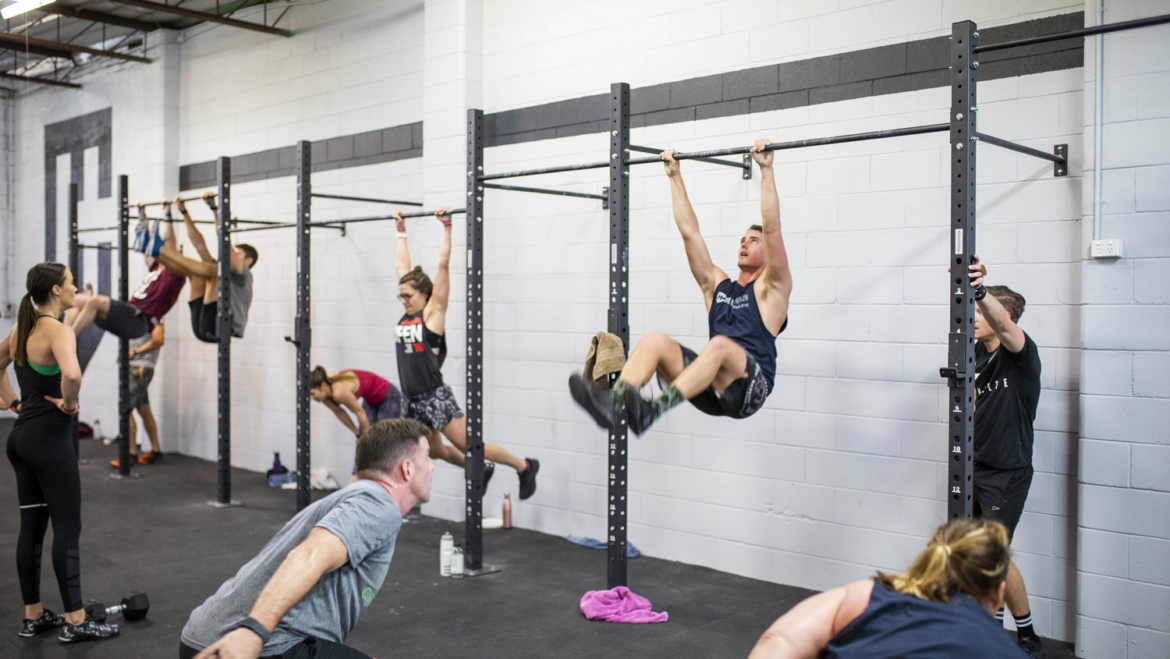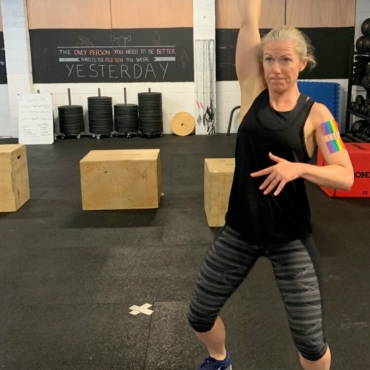By Ellie Bowden
You can use your CrossFit gym to rehabilitate after surgery, post-natal and after being diagnosed with a chronic disease. You can use CrossFit after years of inactivity, causing you tightness and recurring injuries. You can use CrossFit after being diagnosed with diabetes.
This is not what comes to mind when people think CrossFit. They see the vision of the intensity of the athletes at the CrossFit Games. And yet, here is a review we received recently from one of our founding members:
“Loving going to Cultivar Health. I’m recovering from neck surgery and the Coaches are fantastic at altering the workout so I can still get a workout done that’s within my current limits. Really enjoying the programming and great coaching”.

The following are just a few ways how we ensure that our members can continue to remain active throughout injury, and even use CrossFit to recover from, and fight against, injury.
You should NOT use a training method in place of medical specialists
You should always seek professional advice, especially when you have a diagnosis, are post-surgery or post-natal. Our member above took the right precautions after severe neck pain for months (pain caused through years of poor posture from office work) and saw a doctor, physio and finally, a surgeon. However, after she was cleared by the surgeon and physio to return to light movement, she came to the person she trusted for her ongoing, long term rehabilitation; her CrossFit coach.
Your coach needs to care
Being a CrossFit coach can be a very easy job or a very challenging job. It is easy to open the doors, turn on the music and the clock and tell people to move fast. It is challenging to care equally for all members, remember their individual niggles and emotional needs and specifically scale each person for the workout of the day. But those coaches are out there. We pride ourselves on only having experienced coaches who care deeply for our members, and who love the challenging side of being a coach.
The workouts are always able to be modified in a range of ways
There is RX. There is scaled. And then there are the modifications for workouts that the other 10 people in classes do. For example, the workout recently was:
For time, 9-7-5:
Thrusters (80/55kg)
Snatches (80/55kg)
Our member is four months post-neck surgery. The scaling option on the board is 15-12-19 of the same movements at a lighter weight. The member was personally spoken to by the coach before class and was given a workout of 15-12-9 calories on the Concept 2 bike and 20kg deadball squats (taken from a box at chest height). As always, the goal of scaling was to create a similar result to those athletes undertaking the workout ‘RX’ and that was certainly achieved for our rehab athlete. She reported no soreness during or after the workout.
You need to be smart
We can help you. We can support you. We can do all of the thinking for you. But we cannot do the work, and we cannot wrap you in bubble wrap. It is your body, and we need you to communicate with us. The more you communicate with us, the more we can bullet proof your body.
You are NOT a burden
If you have the right coach, you will never feel like a burden. You are a part of our community and a part of why we opened a gym, so do not ever feel like you need to skip class because you have an injury that would be “too annoying to scale.” That does not exist at Cultivar Health! Let us live up to our goal of being great coaches. We cannot do that if people like you do not allow us to care for your injuries.
How can we help you?
We offer a one-on-one trial because it allows us to get to know you. When you tell us what you do for work, how many children you have, what sport you played as a child, what you do on weekends or that you are over 60, we are forming a mental picture of your movement (and possible oncoming injuries) in our minds. We are not simply making chit chat. We want to know the ins and outs so that we as a team can care for you to the highest degree. We want to be great coaches, so let us help you.



